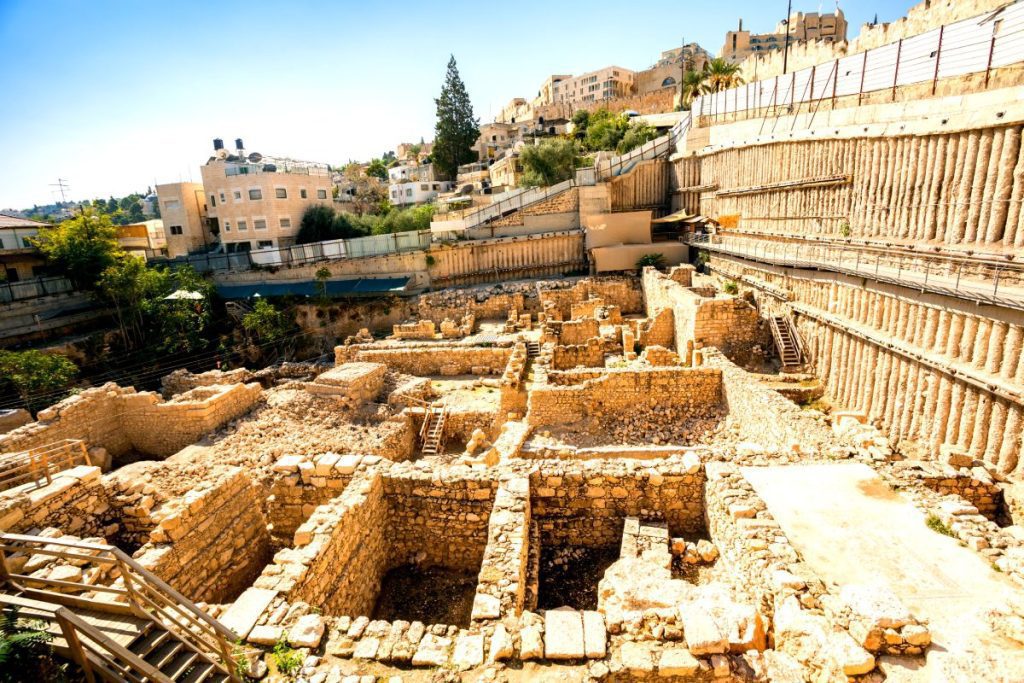Jerusalem in the Bible is mentioned first in the Book of Joshua. According to the Bible, the partial conquest of the land of Canaan by the tribes of Israel left Jerusalem in the hands of the Jebusites; and with the coronation of David as king (in Hebron), he decided to conquer the city and make it his capital.
The reasons for the decision are not entirely clear: when one examines the geographical and physical data of Jerusalem, it turns out that they are not ideal for a capital city; since it is far from the centers of power and main roads. The assumption is that the decision was political, a “city of Jebus” located on a mountain shoulder between the tribe of Judah in the south – and the tribe of Benjamin in the north, in an enclave, never conquered, making it “neutral”, a city not identified with any of Israel’s tribes.
According to tradition, this is the place where our ancestor Abraham was about to sacrifice his son Isaac; the place of the Binding of Isaac; and therefore the choice of place is “divine.”
The Book of Chronicles 1, 11: 4-9 describes the conquest of Jerusalem by King David:
7 David then took up residence in the fortress, and so it was called the City of David. 8 He built up the city around it, from the terraces to the surrounding wall, while Joab restored the rest of the city. 9 And David became more and more powerful because the Lord Almighty was with him.
According to the Bible, under King David, Jerusalem became the political-religious center of the United Kingdom and the site of the Ark of the Covenant. Furthermore, David’s son, Solomon, built the First Temple on Mount Moriah around the 10th century BCE, As a house of God. And as a symbol of the people’s connection to the house of David. The house was built on the site of the thersing floor (owned by Araunah the Jebusite) that David purchased the land and erected an altar to God on it. Also the Bible narrates that the construction of the complex of buildings and ritual systems of the Temple apparently took 16 years. While the construction of the building itself took about seven years.
Jerusalem and the Bible: The Construction of the Solomon’s Temple
According to the Bible, for the purpose of construction Solomon imposed heavy taxes on the people. Also, he employed experts and builders from Sidon; and imported timber and building materials. Despite the construction of the Temple in Jerusalem, worship on ritual platforms across the country was not abolished; and these continued to be used for sacrifice.
Although the Torah forbade the use of ritual platforms while the Temple existed. However, in the absence of direct evidence outside the Bible; the question of the existence of the United Kingdom; especially under Solomon, is debatable. The name “House of David” in a Stele found at Tel Dan, appears to mark the royal house in Judea; ostensibly indicating the existence of a man named “David”; who founded the royal house in Judea.








